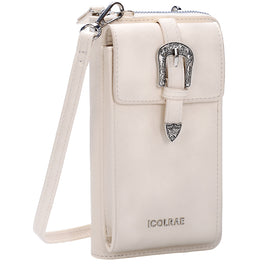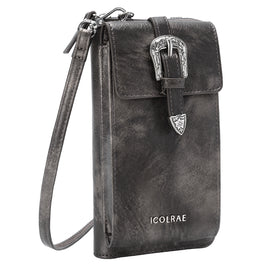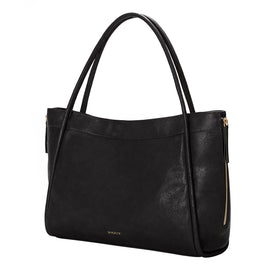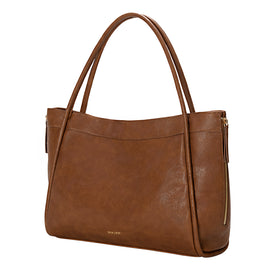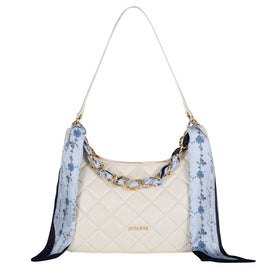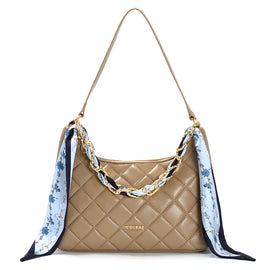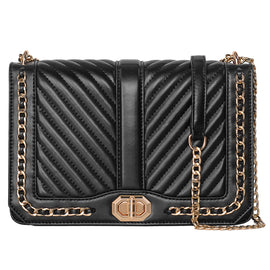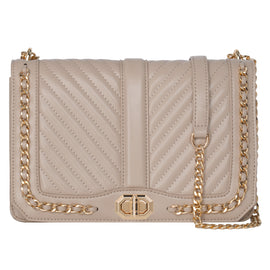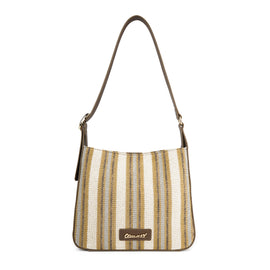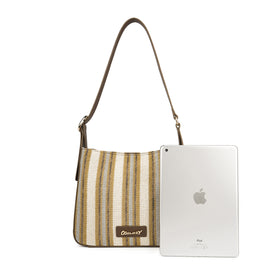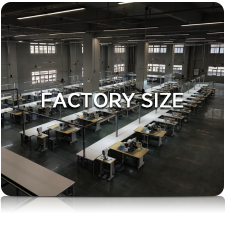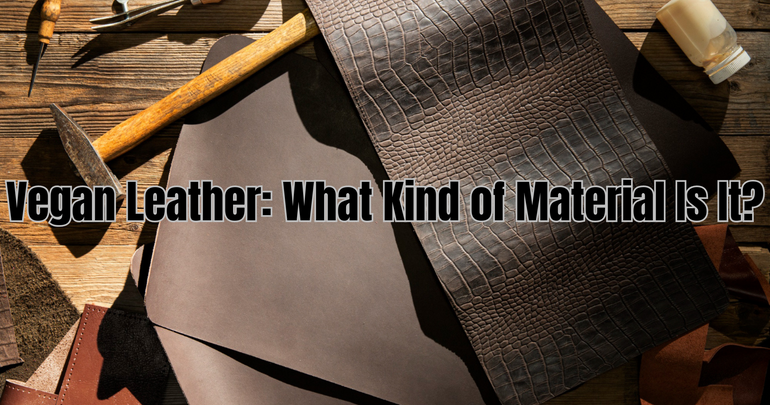Introduction
In recent years, the demand for sustainable and cruelty-free alternatives to traditional leather has significantly increased. Consumers and brands alike are seeking ethical, high-quality, and durable options that do not involve animal products. Among these alternatives, vegan leather has emerged as a leading choice, offering a leather-like appearance and texture without the ethical and environmental concerns associated with genuine leather.
But what exactly is vegan leather? How is it made, and what are its advantages over traditional leather? This article delves into the composition, manufacturing process, benefits, and applications of vegan leather, providing insights into why it has become a preferred material in modern fashion and accessories.
What Is Vegan Leather?
Vegan leather, also referred to as synthetic leather or faux leather, is a man-made material designed to replicate the look and feel of genuine leather without using animal hides. Unlike real leather, which is derived from cowhide, sheepskin, or other animal sources, vegan leather is typically produced using synthetic polymers like polyurethane (PU) and polyvinyl chloride (PVC) or plant-based materials such as cork, apple peels, and mushrooms.
While synthetic leather has existed for decades, technological advancements have greatly improved its durability, texture, and sustainability. Today, high-quality PU leather is widely used in fashion, accessories, upholstery, and automotive interiors, providing an ethical, cost-effective, and customizable alternative to animal leather.
How Is Vegan Leather Made?
The production of vegan leather varies depending on the materials used. There are two primary types of vegan leather: synthetic-based and plant-based alternatives.
1. PU and PVC-Based Vegan Leather
- PU leather is one of the most widely used forms of vegan leather. It is made by applying a polyurethane coating to a fabric base such as polyester or cotton. Manufacturers use advanced techniques to emboss, texture, and dye the PU surface, creating a highly realistic leather-like appearance.
- PVC leather, another synthetic alternative, is produced using polyvinyl chloride combined with plasticizers to achieve flexibility and softness. However, PVC leather has a higher environmental impact due to the release of harmful chemicals during production, making PU leather a more preferred choice.
2. Plant-Based Vegan Leather
As sustainability becomes a core focus in the fashion industry, manufacturers are developing plant-based leather alternatives that are biodegradable and eco-friendly. Some innovative materials include:
- Cork Leather – Made from the bark of cork oak trees, this material is lightweight, water-resistant, and flexible.
- Apple Leather – Created using apple peels and cores, a byproduct of the food industry, this material is both durable and sustainable.
- Mushroom Leather (Mycelium Leather) – Derived from mycelium, the root structure of mushrooms, this material is gaining popularity for its soft texture, flexibility, and eco-conscious properties.
Although plant-based vegan leather is still evolving, PU leather remains the most commonly used option due to its affordability, ease of mass production, and durability. Manufacturers specializing in bulk PU leather handbag production, such as herminfashion, utilize advanced techniques to ensure consistent quality and luxurious finishes that closely resemble real leather.
Advantages of Vegan Leather
Vegan leather offers numerous benefits, making it a compelling alternative to traditional leather.
1. Cruelty-Free and Ethical
One of the biggest advantages of vegan leather is that it does not involve animal cruelty. Traditional leather production requires animal slaughter, whereas vegan leather is entirely animal-free, making it an ethical choice for conscious consumers.
2. Environmentally Friendly Options
While some synthetic vegan leathers still involve plastics, many manufacturers are shifting towards eco-friendly innovations. Water-based PU leather and plant-derived alternatives reduce toxic emissions, chemical waste, and carbon footprints compared to traditional leather tanning processes.
3. Durable and Low-Maintenance
Unlike real leather, which requires regular conditioning to prevent cracking and drying, PU leather is water-resistant, scratch-resistant, and easy to clean. It does not require the same level of upkeep, making it a practical choice for everyday use.
4. Cost-Effective and Versatile
Genuine leather is often expensive due to the cost of raw materials and labor-intensive processing. Vegan leather, on the other hand, is more affordable and easier to produce in bulk, making it an ideal choice for handbag manufacturers, fashion brands, and upholstery producers.
5. Customizable Designs and Finishes
One of the major strengths of PU leather is its customization potential. It can be manufactured in a wide range of colors, textures, and finishes, including glossy, matte, embossed, and patterned styles. This flexibility allows brands to craft unique and visually appealing products without the limitations of natural leather.
How Is Vegan Leather Used in Fashion and Accessories?
Due to its affordability, aesthetic appeal, and durability, vegan leather has become a preferred material for a wide range of products, including:
- Handbags and Wallets – Many manufacturers use PU leather to create stylish, durable, and high-quality handbags that resemble luxury leather bags.
- Shoes and Boots – Vegan leather footwear provides fashionable, comfortable, and cruelty-free alternatives to traditional leather shoes.
- Jackets and Clothing – Many fashion brands have introduced vegan leather jackets, pants, and skirts, offering sleek and ethical outerwear options.
- Car Interiors and Upholstery – Luxury car brands and furniture designers are increasingly using synthetic leather for high-end upholstery, contributing to a sustainable design approach.
Manufacturers specializing in PU leather production, such as herminfashion, have perfected the art of crafting high-quality synthetic leather handbags, ensuring both durability and a premium finish.
The Future of Vegan Leather in the Fashion Industry
As eco-conscious shopping habits continue to shape the fashion industry, vegan leather is expected to become even more popular. Many brands are investing in sustainable innovations, such as bio-based PU alternatives and plant-derived leathers, to reduce their environmental footprint while maintaining high-quality craftsmanship.
With continuous advancements in PU leather technology, manufacturers like herminfashion can provide premium, cruelty-free handbags that align with the growing demand for sustainable and ethical fashion choices.
Conclusion
Vegan leather is a versatile, ethical, and increasingly sustainable alternative to traditional leather. With options ranging from PU-based materials to plant-derived alternatives, this innovative material is transforming the fashion industry by offering durability, affordability, and environmental benefits.
As more consumers seek responsible fashion choices, vegan leather stands out as an ideal solution, allowing brands to produce high-quality handbags, shoes, and accessories without compromising on ethics or aesthetics.
With continuous improvements in PU leather manufacturing, the future of cruelty-free fashion looks bright—offering stylish, sustainable, and affordable products for a growing audience of conscious consumers.

